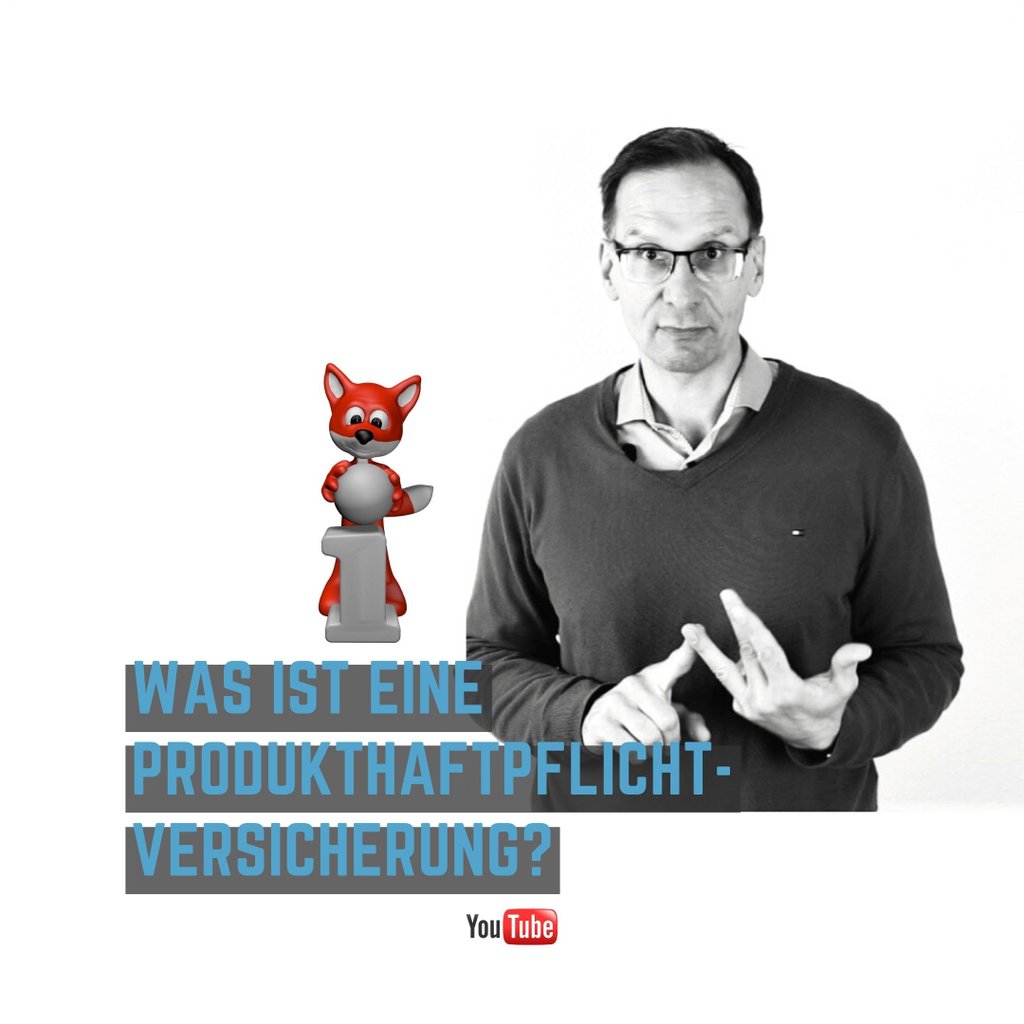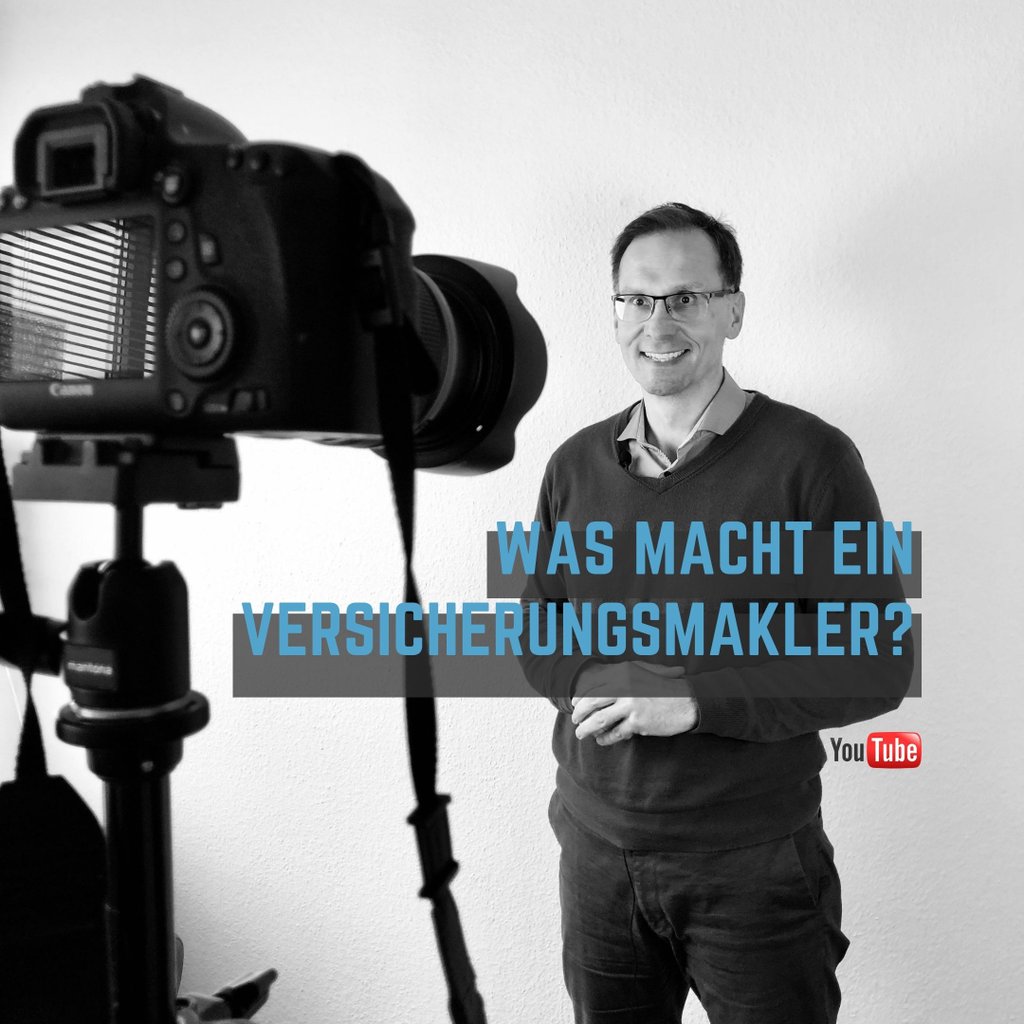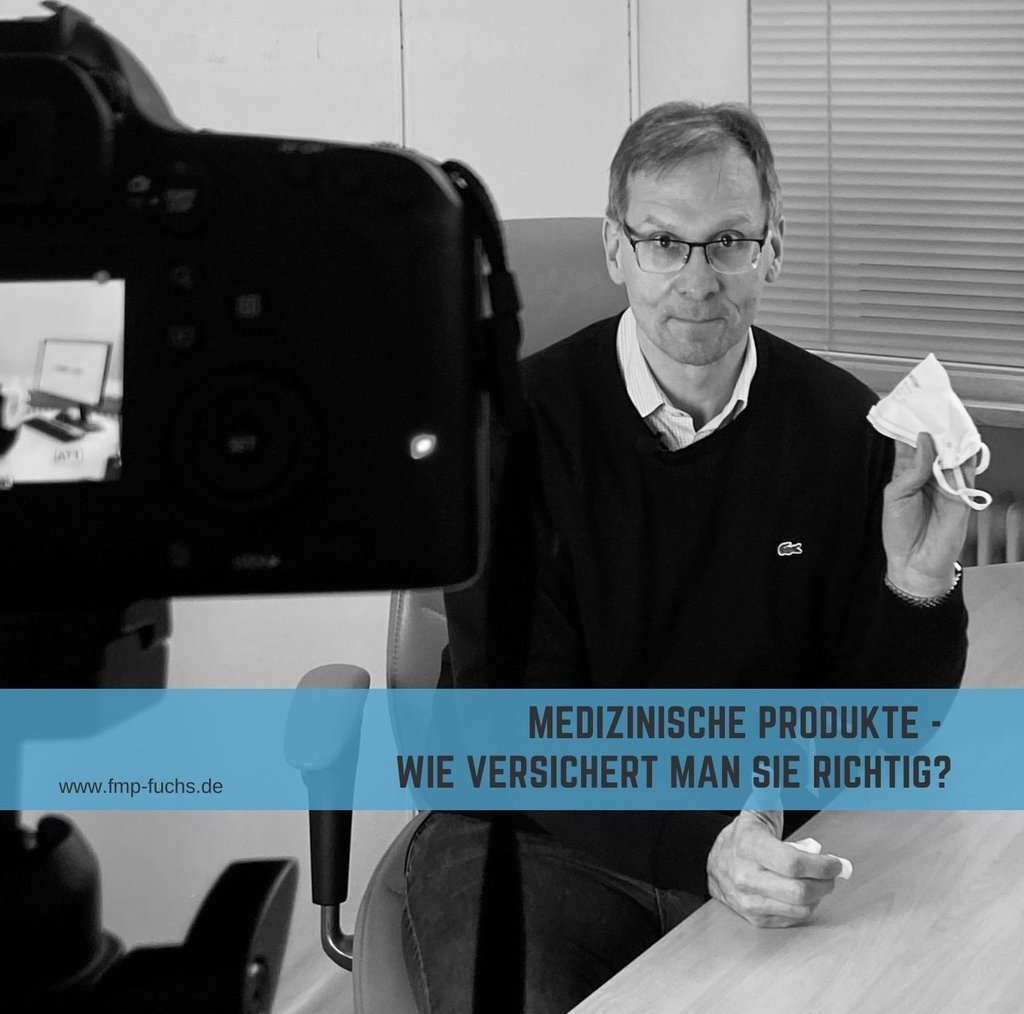Product Liability Directive (PLD) – Updated Framework
On 8 December 2024, the European Union introduced a new Product Liability Directive (PLD), replacing the original directive from 1985. This update addresses the evolution of technologies over the past four decades, ensuring that the liability framework remains robust and comprehensive for both traditional and modern products, including digital systems and AI-driven solutions.
1) Key Updates
1a) Wider Product Scope:
The definition of „product“ now includes not only traditional goods but also software, digital manufacturing files, and even electricity, as per Article 4(1) of the Directive.
1b) Compensable Damages – extends coverage to:
Personal Injury and Death (including psychological harm),
Property Damage, and Data Destruction or Corruption.
1c) Economic Operator Clause:
Non-EU manufacturers must designate a responsible party within the EU to ensure compensation claims can be addressed for products distributed globally, including via online platforms.
2) New Principles and Responsibilities
2a) Manufacturer Liability:
Producers remain liable for harm caused by defective products, with an expanded focus on cybersecurity flaws in connected devices and unsafe digital services.
2b) Claimant’s Evidence Burden – the victim must establish:
The product’s defectiveness, the resulting damage, and a causal link between the two.
To ease this burden, the #PLD introduces tools to better support claimants, potentially influencing risk assessment and insurance premiums for producers.
3) Timeline of Implementation
9 December 2024: EU Member States have two years to incorporate the Directive into national legislation.
9 December 2026: The PLD fully applies to products placed on the market from this date onward. The 1985 directive continues to govern earlier products.
9 December 2030: The European Commission will begin evaluating the application of the Directive every five years, assessing its costs, benefits, and effectiveness compared to OECD frameworks.
4) Insurance & Liability Implications
This updated PLD may drive increased liability for manufacturers, including the producers of AI systems, connected products, and software solutions.
Consequently, insurers will likely need to:
- Reassess premium structures,
- Account for emerging risk domains, and
- Adapt their claims processes for expanded liability exposures.
Additionally, the creation of an EU database on product liability judgments will promote transparency in how claims are resolved under the new rules.
This directive underscores the EU’s commitment to safeguarding consumer rights while fostering accountability in the evolving landscape of digital and connected technologies. Businesses and insurers should act promptly to understand the directive’s implications and prepare for its full enforcement in 2026.
You are looking for an individual product liability insurance for your company and business?











